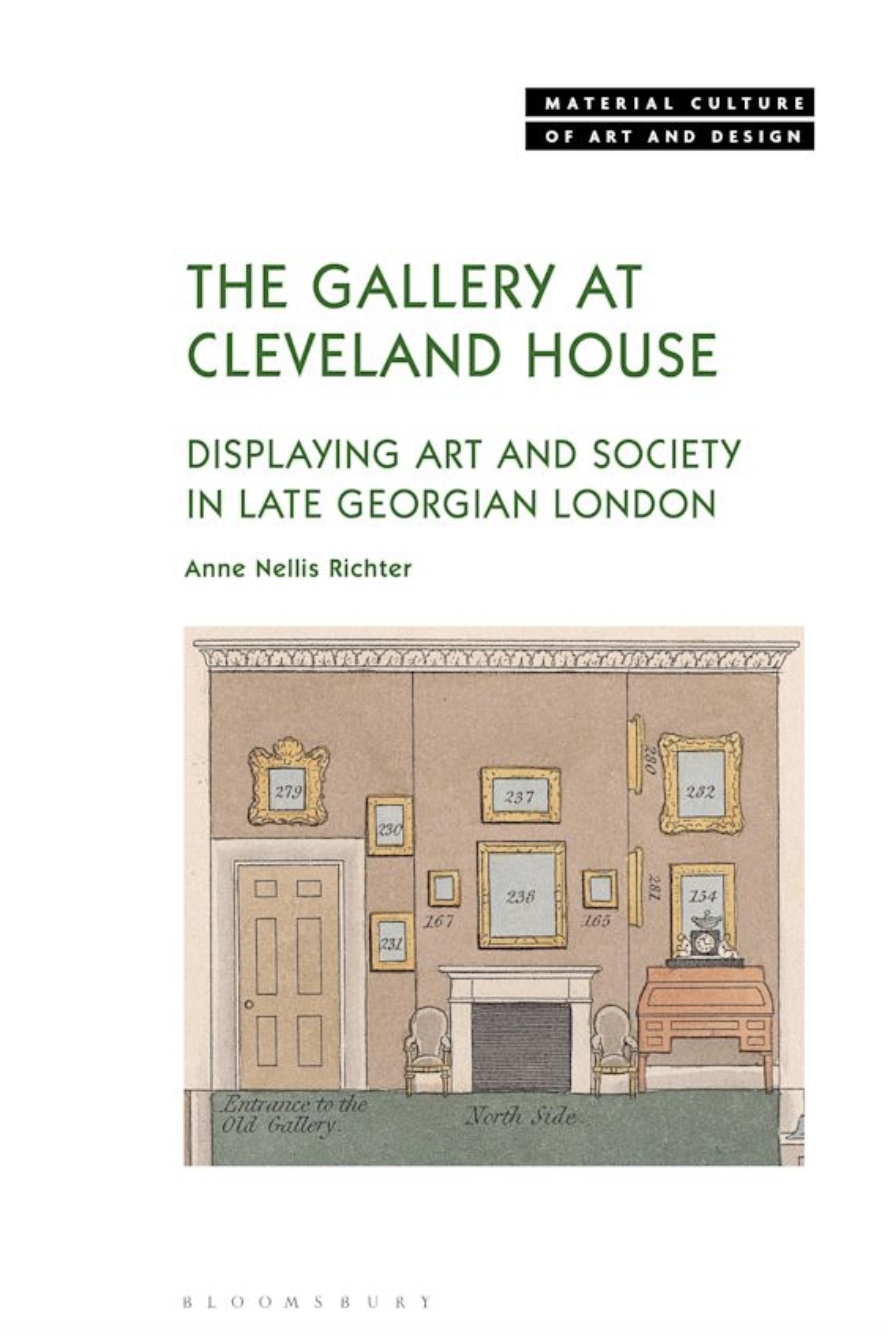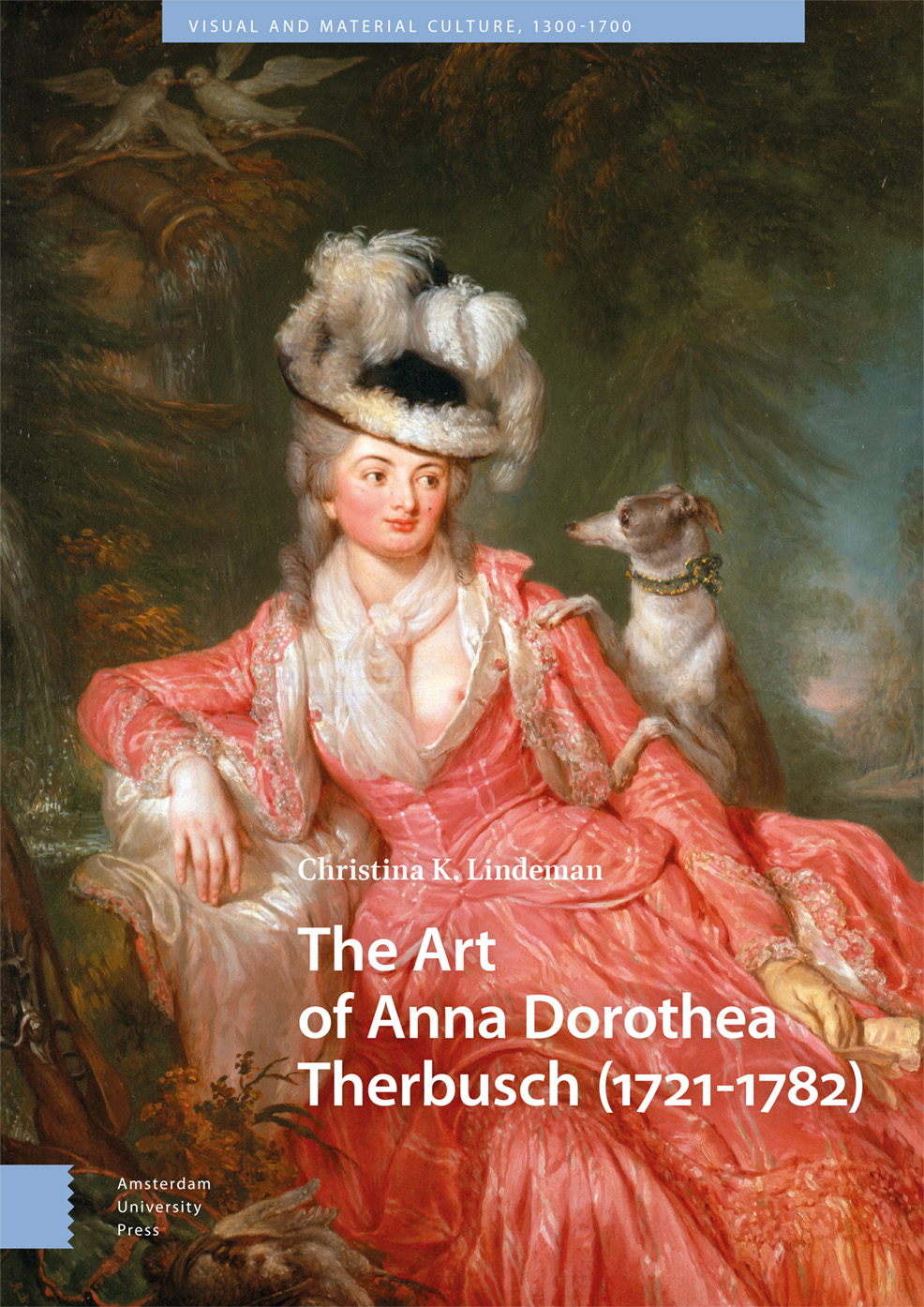Call for Papers | ‘The Hearts of the Leuchtenberg’
From the Call for Papers (see the DFK’s website for the German and French versions) . . .
‘The Hearts of the Leuchtenberg’: Cultures of Remembrance of a 19th-C. European Noble Family
‘Die Herzen der Leuchtenberg’: Erinnerungskultur(en) einer europäischen Adelsfamilie im 19. Jahrhundert
Munich, Bayerisches Nationalmuseum, 24–26 October 2024
Proposals due by 15 April 2024
On the occasion of the two-hundredth anniversary of the death of the founding father of the Leuchtenberg dynasty—Eugène de Beauharnais, who died on 21 February 1824 in Munich—the German Center for Art History Paris (DFK Paris) is co-organizing, with the Musée national des châteaux de Malmaison et Bois-Préau and the Bayerisches Nationalmuseum, an international colloquium on the cultures of remembrance within the Leuchtenberg family. The Leuchtenbergs’ French-Napoleonic origins, as well as the loss of former greatness that accompanied the family’s exile in Bavaria and change of name, had a lasting impact on their position in the Kingdom of Bavaria, where, following Eugène’s appointment as the Duke of Leuchtenberg and Prince of Eichstätt by Maximilian I Joseph on 15 November 1817, they were the highest-ranking nobles outside the royal family.
The development of the various memorial practices and/or memorial concepts of this important noble family is to be examined against the backdrop of the specific cultures of remembrance that characterized the first half of the nineteenth century, which were shaped equally by the new emotional culture of the era of sentimentality as by the Restoration period with its anti-French tendencies. Their rich material legacy—which includes souvenir albums, commemorative pieces of jewellery, hand-crafted objects and furnishings, which today remain preserved in public and private collections—partakes of the epochal phenomenon of the “unübersehbare[n] Konjunktur des dinglichen Andenkens in der materiellen Kultur des 19. Jahrhunderts” (unmistakable boom in souvenirs within the material culture of the nineteenth century) [Holm/Oesterle 2005]. In addition to objects, the Leuchtenbergs left behind abundant correspondence and diaries. Along with collections, libraries, and archives; moreover, they bequeathed a aristocratic culture of remembrance and a material culture that consisted not only of monuments—such as the heart urns, former in the chapel of the Palais Leuchtenberg in Munich and today in the Wittelsbachergruft in St Michael—but also charitable foundations and portraits. As “means of remembrance,” these are eloquent expressions of the intimate relationships among the individual family members, which intensified with the early death of the father and with the conditions of spatial separation that resulted from the family’s successful marriage politics. Aside from its main historical residences in France, Italy, and Bavaria, the family is traceable through the marriages of Joséphine von Leuchtenberg (1807–1876) in Sweden, of Amélie (1812–1873) in Brazil, of Auguste (1810–1835) in Portugal, and of Eugénie (1808–1847) and Théodelinde (1814–1857) in southern Germany (principalities of Hohenzollern-Hechingen and Württemberg). The Russian phase of the family’s history began on 14 July 1839 with the marriage of the youngest son and heir, Maximilian, 3rd Duke of Leuchtenberg (1817–1852), to Maria Nikolaevna, the daughter of Tsar Nicholas I.
The aim of the colloquium is to document, for the first time, the “artifacts and media” scattered around the world from the Leuchtenberg estate and to jointly reassess them through the lens of the culture of remembrance, including questions of materiality and mediality, investigation of haptic properties and performativity, and the presentation of exact provenances. The ways in which objects were gifted, dedicated, passed down, and perhaps exchanged among the Leuchtenbergs are crucial for understanding their precise location in the memorial practices of the family. In addition to the sentimental-emotional orientation—e.g. commemorative objects “die der bedürftigen Seele zur Anlehnung dienen” (that offer support for the needy soul) [Praz], or the “Interieur als Fluchtorte in die Erinnerung” (interior as a place of escape into memory)—the question of commemorative motivation also arises in the case of the newly princely Leuchtenbergs. The exploration of “sozialer Sinn- und Zeithorizonte” (social horizons of meaning and time), for instance by examining the referentiality to the past and a still-to-be-defined orientation of the family’s culture(s) of remembrance, is intended to contribute to a better understanding of the Leuchtenberg family, which had to reinvent and assert itself as a dynasty in its time—as a Gedächtnisgemeinschaft, or community of memory [Jan Assmann; Pierre Nora].
The colloquium marks the conclusion of a long-term research project, wherein, after France and Italy, Bavaria is the current focus of research as the last of the three stages of Prince Eugène’s life. The period under investigation includes the lifetime of his wife Augusta Amalia of Bavaria (d. 1851), who as a supervisory entity decisively steered and shaped the mementos of Prince Eugène (Honneur et fidelité), as well as his direct descendants. Comparative examples from other families or national contexts that address questions around the aristocratic culture of remembrance in the nineteenth century are just as welcome as transdisciplinary and transcultural research approaches. Possible topics are: objects and object biographies (e.g. souvenirs, memorial jewellery, hand-crafted items); the culture of gifting; commemorative albums, including questions about performativity; communication culture (e.g. letters, diaries); memory in literature (e.g. biographies, editions of letters); monuments (e.g. commemorative plaques, grave monuments); collections (e.g. archives between Funktionsgedächtnis and Speichergedächtnis, libraries, art collections); places; domestic culture and materiality; festivals; travel; image culture (e.g. portraits); and the cults of family and friendship.
The colloquium will take place 24–26 October 2024 in the Mars-Venussaal of the Bayerisches Nationalmuseum in Munich. Junior scholars are welcome to submit their proposals. Presentations are limited to 20 minutes, followed by a 15-minute discussion. Proposals are requested in German, French, or English by 15 April 2024 and should not exceed approximately 3,000 characters (including spaces), a short biography and contact details (email address, address, and institution). Submit proposals to the following address: leuchtenberg@dfk-paris.org. A notification of the acceptance of submissions will be made by the beginning of May 2024.
Organizing Committee
• Elisabeth Caude, Director of the Service à Compétence Nationale des musées nationaux des châteaux
de Malmaison et Bois-Préau, de l’île d’Aix et de la Maison Bonaparte à Ajaccio
• Dr Jörg Ebeling, Research Director, German Center for Art History Paris
• Dr Sybe Wartena, head of department, Furniture, games, musical instruments and models, Bavarian
National Museum, Munich
Scientific Committee
• Dr Birgit Jooss, Head of Art and Tradition, Wittelsbacher Ausgleichsfonds
• Dr Sylvia Krauss-Meyl, Former Archive Director, Bayerischen Hauptstaatsarchiv München
• Lars Ljungström, Head of the Department of Collections and Documentation, Swedish Royal Collections
• Prof. Dr Hans Ottomeyer, Former President, Stiftung Deutsches Historisches Museum, Berlin
• Marina Rosa, Chair, Centro documentazione Residenze Reali Lombarde
A select bibliography for the Leuchtenberg Family is available with the full Call for Papers.



















leave a comment